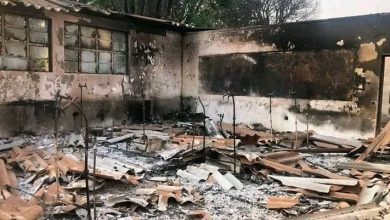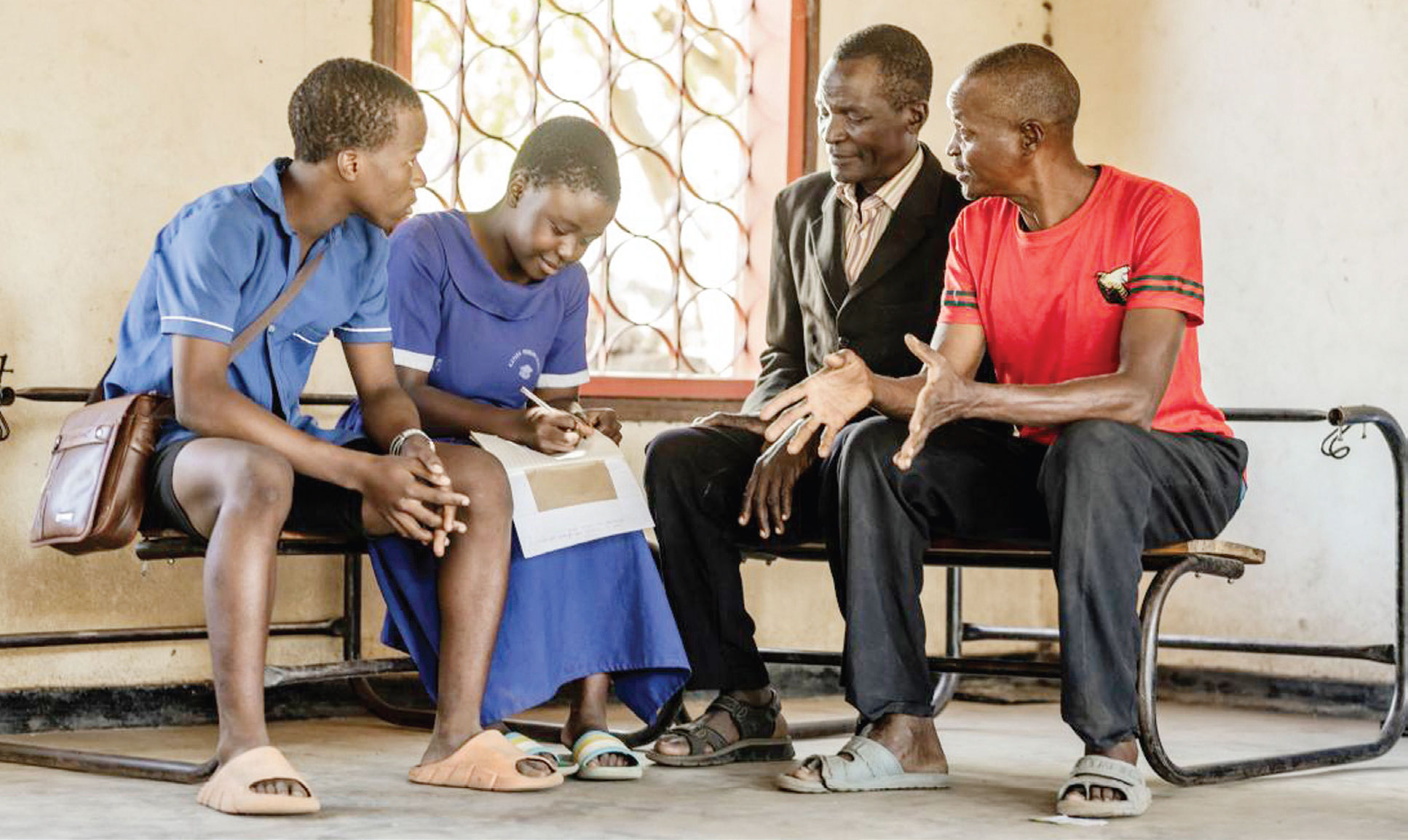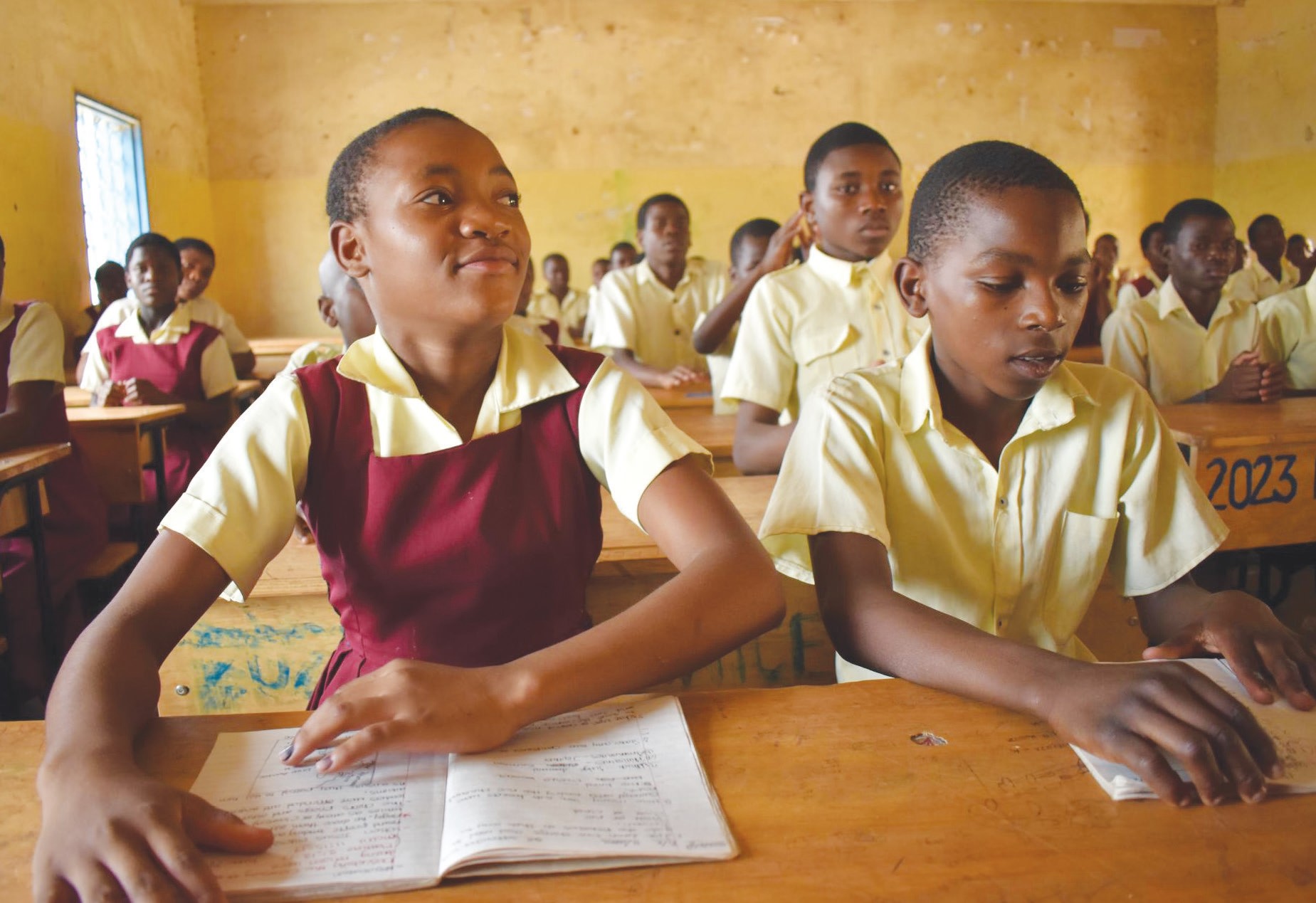New chapter in education?
Last week, government launched the new Education Sector Implementation Plan (ESIP II)—documents which will help government turn its policies into action until 2018. I explore the plan by looking at how it will address age-old challenges in education sector.
——————————

Other schools have only two or three classroom blocks which are filled with pupils sitting on floors.
It is not even news to see hundreds of children learning under a tree with a teacher trying to make use of a pitiful blackboard.
In some poverty-stricken areas, most of the pupils are in torn uniforms and barefooted with starvation written on their hopeless faces.
One of the renowned education advocates, Major R. Owens, emphasised the impact of quality of school environment and its facilities on a scholar’s learning.
Owens argues that modernisation, updating education facilities and making capital investments in education, need to go together.
This, somehow, explains why pupils learning in poor surroundings do not work hard as they find school boring. They are often disorganised, do not study, shun homework and, while in class, they spend hours looking outside the window instead of listening to their teachers.
Additionally, even with the free primary education, there are often expenses for uniforms, school development funds and examination fees that these children have to deal with.
In some cases, the children need to work on family farms or sell merchandises like mandasi at marketplaces before they go to school.
The question is how can a nation expect good performance from such pupils? How can these children pass their Primary School Leaving Certificate Education (PSLCE) examination and continue with their secondary education?
This, again, explains why hundreds of primary school pupils drop out of school before attaining their secondary school education.
The 2013-2014 Education Sector Performance (ESP) report indicates that 73 percent of learners who reached Standard Eight in the 2013/14 academic year failed to transit to secondary school.
The report also reveals how education resources are being wasted due to learners’ repetition as the repetition rate has grown from 18.7 percent in 2013 to 19.7 percent in 2014.
It is unfortunate that these children, after failing to secure a place in public secondary schools, still want to continue with their education, are forced to enrol at private schools.
Those that cannot afford private schools jut quit or enrol at open day or night secondary schools found in some public schools where performance is usually poor.
All these problems, in addition to shortage of trained teachers and public schools, are contributing to poor performance of students at secondary schools.
A Kalondolondo survey conducted earlier this year by Centre for Youth and Children’s Affairs (Ceyca) in Kasungu District shows that learners from rural communities graduate from secondary schools.
It is clearly seen that while there have always been plans and combined efforts by both the government, private sector and the donor community to improve education standards, the education sector still continues to face serious challenges.
USaid acting mission director Stephanie Funk worries that population growth is also putting pressure on Malawi’s ‘fragile’ education system.
“It may be some time before this country is able to keep up with the number of classrooms and teachers to accommodate students,” she says.
However, Funk underlines that with the new Education Sector Implementation Plan (ESIP II) there is an opportunity for development partners to give quality education a priority.
One of the country’s education activists, Benedicto Kondowe, argues that to boost students’ performance, government needs to address the problem of unqualified teachers and shortage of teaching facilities.
“Transfer the untrained teachers from secondary to primary schools or send them to training institutions like Domasi College of Education [DCE] to upgrade their studies,” he says.
According to the 2012/13 Education Management Information System (Emis), out 8 461 teachers in rural secondary schools, only 3 716 are trained teachers and only 2 545 teachers are trained out of 4 115 teachers in urban secondary schools.
Another activist, Steve Sharra, puts the blame of poor performance on wastage of resources by government officials.
He fears that the education standards will keep going down if there is no transparency and accountability in the management of education resources.
Secretary for Education in the Ministry of Education, Science and Technology Lonely Magreta admits that Malawi has not made big strides towards education achievements.
She argues that the financial crisis experienced in 2011/12 and 2013/14 will continue to have ‘serious implications’ for the ministry to ably fulfil commitments made in the education sector plan.
However, Magreta adds that the second ESIP, to be implemented until 2018, will address most of the challenges such as access to learning materials, qualified teachers and adequate infrastructure in terms of classrooms and teachers’ houses.
“This plan responds to main lessons from the first ESIP, which did not go beyond the human and financial capacities of the ministry. There is now much greater coherence between sector analysis, priority policy identification and overall realistic financial framework,” she explains.
Magreta further advances that government has decentralised most of its education activities such as construction of classrooms and teachers by letting district councils to be more involved.





